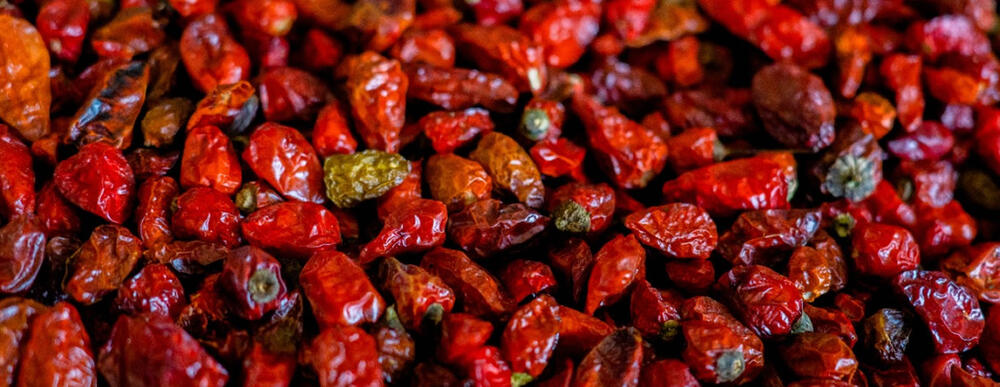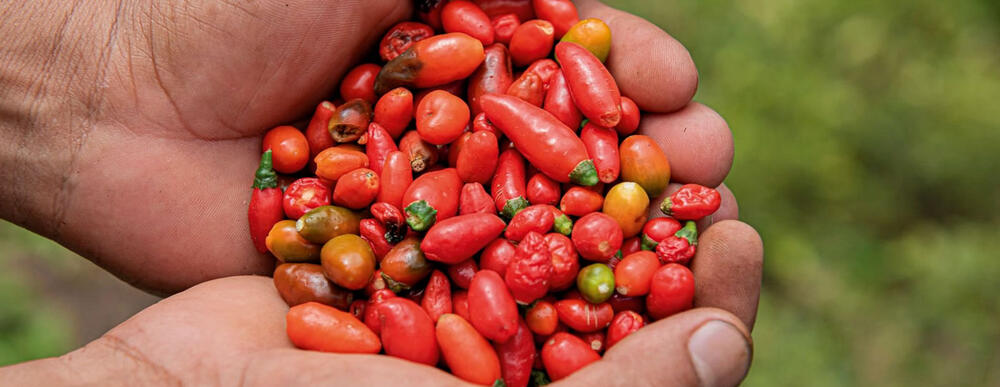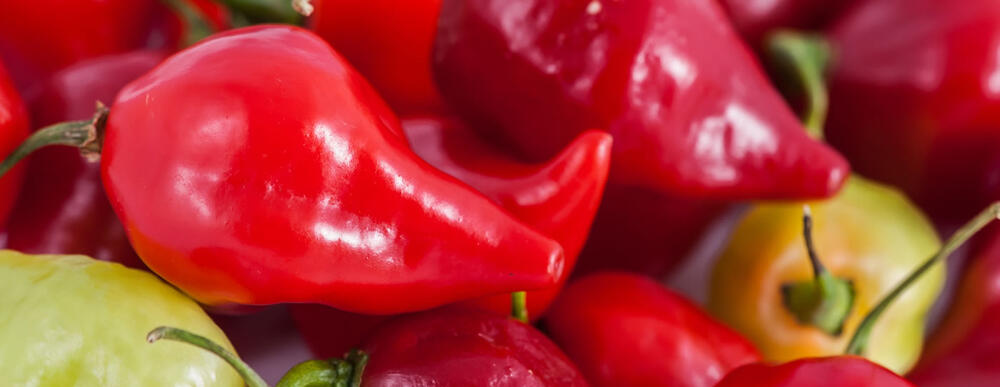Posted on Sep 18, 2022 |
This is the very famous seasoning that is used in a large number of dishes in Guatemalan gastronomy and that is produced in most regions of Guatemala. It is a round chili pepper with an intense red color and a relatively intense spiciness.
In the country's history, this spice dates back even long before the times of the Conquest. The first chili seeds found in the American continent were archaeologically reported 5 thousand years before Christ. This means that since the time of the Mayans, the original cobanero chili plant was already growing in the region and little by little it spread to the rest of the continent.

The cobanero chili comes from the wild plants of "Capsicum annuum L". This species of fruit is very old and currently resides mainly in the region of Mexico and Central America. Its name honors the city of Cobán, in Alta Verapaz, Guatemala, a region where it is mainly grown today. Other municipalities that are responsible for its production are: Lanquín, Santa María Cahabón and Senahú and these regions produce the best quality chili.
Guatemalan Agricultural Product
It is currently an important agricultural export product for Guatemala and is one of the most widely used condiments in the country. One of the most common uses of this spice is for the preparation of Kaq'ik, one of the most traditional national dishes of Guatemala and there is no Guatemalan cuisine restaurant that does not include it on its menu.
When the cobanero chili begins as a small green fruit, like most fruits of the same class, once ripe it transforms into an intense red color. It can be eaten raw, like any other chili pepper, but it is the process of drying it and roasting it or smoking it on a firewood griddle that gives it its special and characteristic flavor that has made it famous. When it is prepared and dried with the wood-burning process, that is when it gets that intense smoky flavor and gives it a stronger reddish tinge.

This little chili has been around for hundreds of years and is still an important part of the local Guatemalan cuisine. There are large plantations of this chili in different regions of Guatemala due to its great demand, but the bush of this fruit can also be planted individually and cared for in any home garden. The fruit regularly measures 1 to 3 cm long and 1 to 1.5 cm wide.
Latest Posts
-
Easter Week 2025 Schedule Processions Antigua Guatemala
- Mar 02, 2025 -
Ten Beautiful Words in the Spanish Language
- Jul 13, 2024 -
Easter Week 2024 in Antigua Guatemala
- Feb 04, 2024


